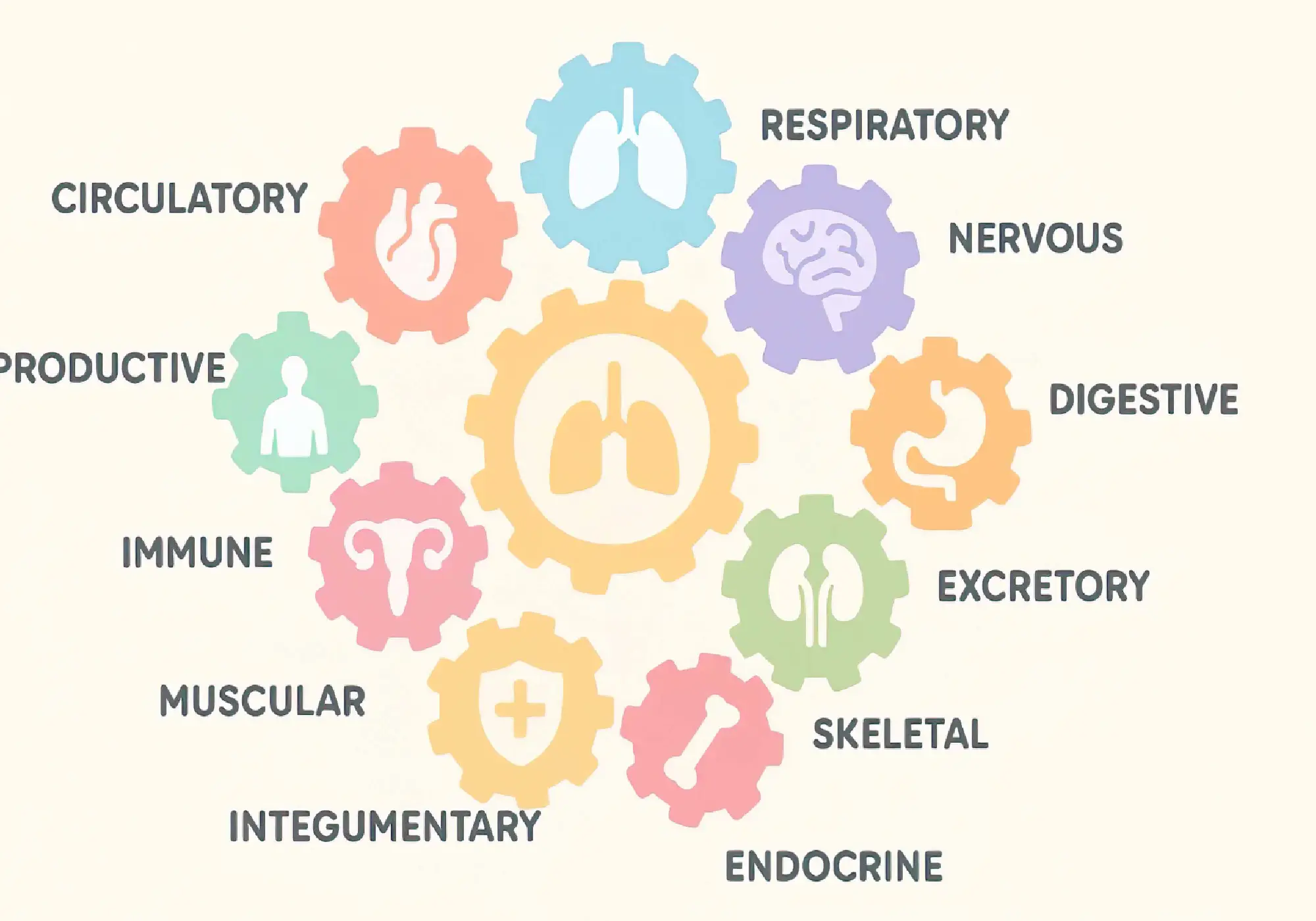Your body has 11 systems that work together like a great team. Your heart pumps blood, and your nervous system sends quick signals. Each system relies on the others. Knowing how this teamwork works helps you make better health choices for your life.
Monomers of Lipids – How Fatty Acids & Glycerol Fuel Your Science Knowledge
Your body turns food fats into energy while maintaining your health through a process. The construction of biological structures happens through monomers, which function similarly to the way bricks build foundations for houses. Lipids, commonly known as fats, are among these structures, and their monomers—fatty acids and glycerol—are the essential “bricks.” Lipids represent more than dietary caloric content. These structures serve three main functions, which include energy storage, and they create cell membranes while facilitating cellular intercommunication. The varied nature of these molecules makes it impossible for your body to perform its essential functions. The small size of these molecules does not explain their ability to execute big work. Various lipid types exist because their monomer components, fatty acids and glycerol, enable adaptability. The two types of monomers unite as dynamic elements to deliver storage capabilities and structural support. The following discussion will examine the structure as well as the operational mechanics of these substances. This essay will discuss the process through which these compounds convert into life-sustaining lipids. What are Lipids Lipids form a wide category of natural substances that contain three main forms, including fats and oils together with waxes. Lipids stand out because they have a water-resistant quality, which leads to limited mixing behavior with water molecules. A unique characteristic of lipids helps them perform essential biological functions, which include creating protective barriers together with providing reliable energy storage. Functions of Lipids Types of Lipids Real-world analogy: Imagine lipids as a multi-tool pocketknife. A single tool can perform various tasks similarly to how lipids adapt to the multiple requirements of the human body. Lipids act as the source of energy throughout marathon events. The body benefits from lipids by providing insulation during cold weather. In the next section, we’ll zoom in on the “multi-tool components” themselves: fatty acids and glycerol. Feature Saturated Fatty Acids Unsaturated Fatty Acids Structure No double bonds between carbon atoms; completely “saturated” with hydrogen atoms One or more double bonds between carbon atoms; “unsaturated” with hydrogen State at Room Temperature Solid (e.g., butter, lard) Liquid (e.g., olive oil, canola oil) Health Impact may increase LDL cholesterol levels, which may increase the risk of heart disease It is generally considered heart-healthy; it may help lower LDL cholesterol levels Examples Animal fats, butter, coconut oil, palm oil Olive oil, avocado oil, fish oil, nuts, seeds Hydrogenation Does not undergo hydrogenation, is already fully saturated May undergo partial hydrogenation to form trans fats Presence in Nature Found mainly in animal products and some tropical oils Found mainly in vegetable-based oils and fatty fish Breaking Down Lipids Two basic components known as fatty acids and glycerol produce the complex compound known as lipids. The combination of monomers produces energy-storing and cell-structure-building molecules. The fuel supply comes from fatty acids, while glycerol acts as the rigid framework that keeps all components united. What Are Monomers? Lipids, along with other macromolecules, use monomers as their basic structural elements. The puzzle-making process involves monomers as individual pieces that finish a larger whole. The combination of glycerol and fatty acids forms triglycerides along with additional lipid structures. The lipid partnership functions both efficiently and biologically crucially for the body to perform tasks such as energy storage and insulation. Fatty Acids Fatty acids function as the primary elements that drive operations in the lipid domain. Structurally, they have long carbon-hydrogen chains that end with a -COOH functional group. The two main types of these chains exist today. The human body needs fatty acids for energy generation. The body breaks chain structures into usable energy whenever it needs fuel. The caloric content of one gram of fat reaches 9 calories when compared to carbs or proteins at less than half that value. Glycerol: The Backbone of Lipids The three-carbon structure of glycerol contains three hydroxyl groups (-OH). Glycerol acts as a binding agent, which creates triglycerides from fatty acids. The structure operates as a central connection point that supports multiple spokes in a wheel configuration. Glycerol functions as the anchor in a team-building exercise. Multiple fatty acids attach themselves to the glycerol core to create one stable energy storage unit. The body stores excess energy as triglycerides, which serve as its main long-term storage units. Life depends on the essential bond that exists between fatty acids and glycerol. The basic structure enables the formation of complex lipids. The body uses these lipids to satisfy its energy requirements for activities such as cell repair and marathon running. Working of Fatty Acids and Glycerol Glycerol and fatty acids participate in esterification through hydroxyl groups of glycerol combining with carboxyl groups of fatty acids. The chemical reaction creates triglycerides which represent the most prevalent type of lipid compound. This process occurs naturally in our bodies, allowing us to store energy efficiently. These triglycerides not only store energy but also act as insulation, protecting our organs and maintaining body temperature. So, despite frequent discussions about eliminating fats from our diet, it is important to note that proper utilization of lipids is imperative to sustain optimal health. Role of Lipid Monomers in Our Body The combination of fatty acids and glycerol does more than just store energy. These lipid monomers are essential for many bodily functions. Here’s a quick list of why they’re so important: Fascinating Facts About Lipid Monomers Lipid monomers exist as more than functional molecules because they present both stories and applications extending past human biological systems. This section presents a collection of notable information that illustrates both the adaptability and significant value of lipid monomers. Historical Insight Scientists extracted fats from diverse natural materials to start their fatty acid research during the nineteenth century. Discovery of glycerol first occurred during the soap-making process in the late 18th century. The scientific findings resulted in a better comprehension of monomers of lipids in biological processes. Unique Perspective Lipids perform extraordinary functions within the realm of animals. Whales maintain large quantities of lipids inside their blubber tissues. The insulation material protects them in frigid ocean conditions.
How Neural Networks Power Big Data & AI APIs Today
Neural networks transform how we process big data through AI APIs. They help in areas like healthcare and self-driving cars. This strong mix makes advanced AI easier for businesses to use and leads to better automation and accuracy.
Winter Storm Warning: What It Means, How It Works, and How to Stay Safe
You wake up, look at your phone, and see a Winter Storm Warning. What should you do? Learn what this means, how it differs from watches and advisories, and get safety tips with a checklist to help you stay safe during the storm.




